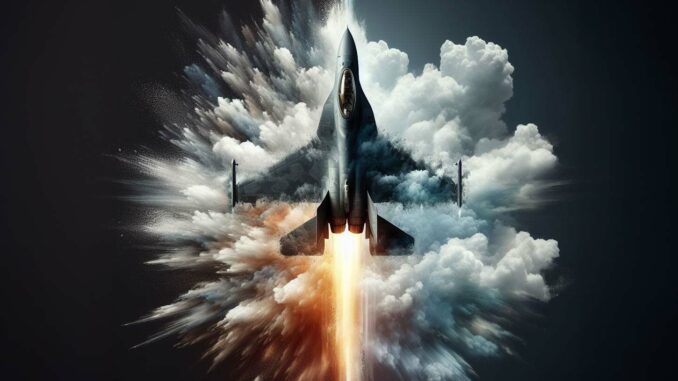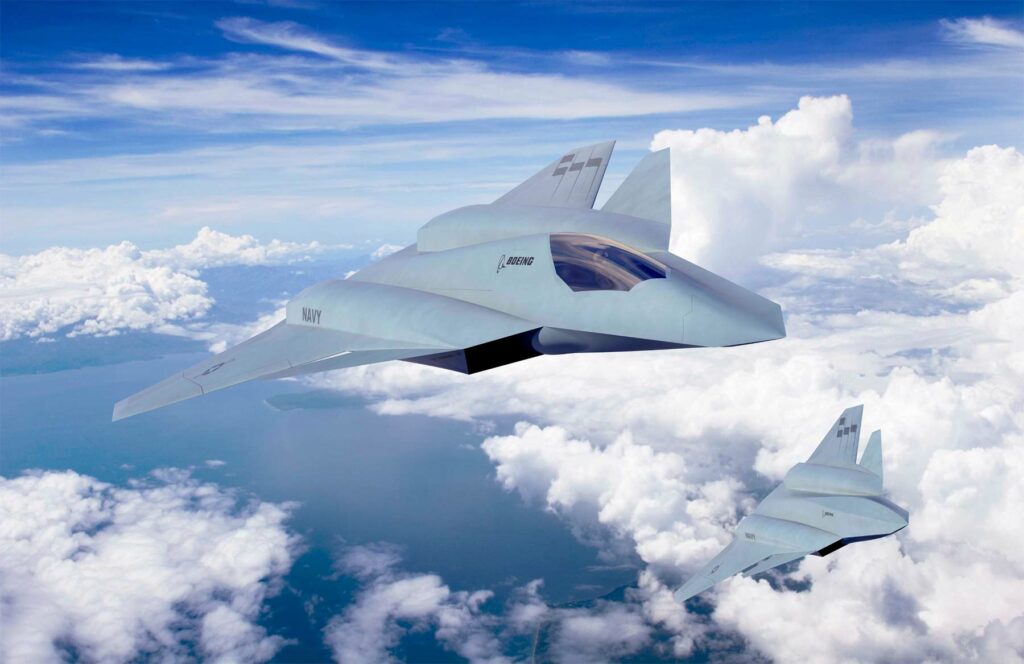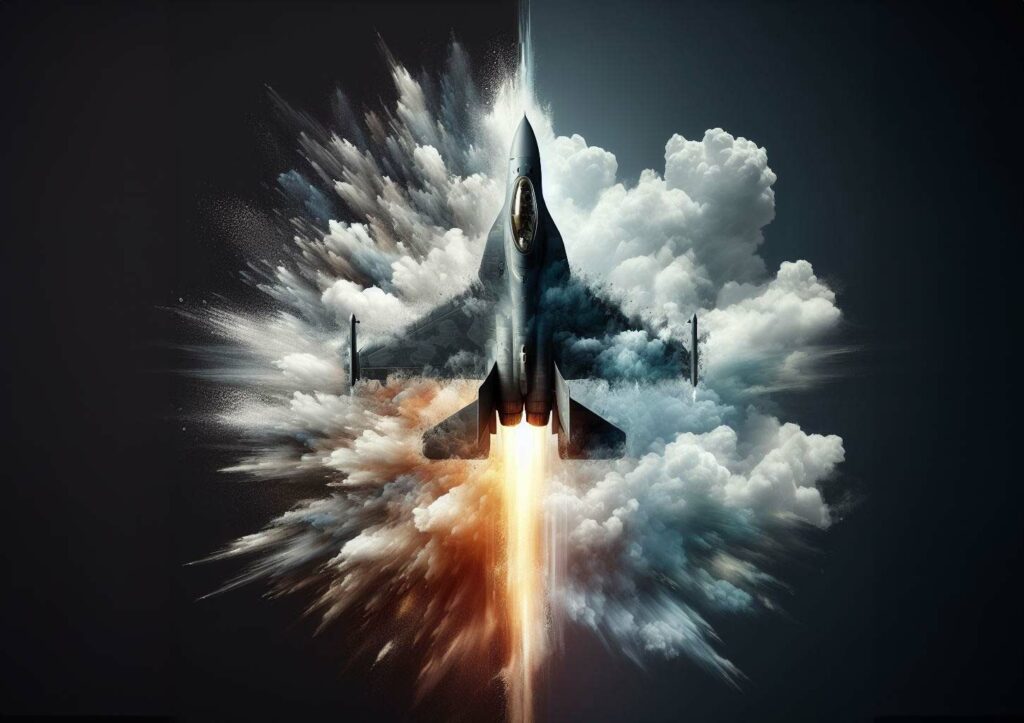
The transition from fifth- to sixth-generation fighters marks a significant evolution in military and aeronautical technology. Sixth-generation aircraft promise to push back the limits of air superiority, incorporating advanced technological innovations to meet future threats. This article details the distinctive features of sixth-generation fighter jets, highlights their differences from the previous generation, offers explanatory figures and considers the impact of these aircraft on future air defense.

Characteristics of the 6th Generation Fighter Aircraft
Sixth-generation fighter jets are designed to offer unrivalled versatility, advanced stealth, enhanced network connectivity, and the ability to operate in highly contested environments. Here are some of their key features:
Advanced stealth: While stealth remains a key element, sixth-generation aircraft go beyond simple radar signature reduction to include infrared and electromagnetic signature reduction.
Artificial Intelligence (AI): The integration of AI to assist the pilot, and even to pilot the aircraft autonomously in certain situations, enables faster and more accurate decision-making.
Connectivity and Networking: The ability to function as a node within a combat network, sharing real-time information with other platforms (aircraft, satellites, ground systems), for enhanced situational awareness.
Cyber and Electronic Capabilities: The incorporation of electronic and cyber warfare capabilities to disrupt adversary systems, while protecting allied systems.
Advanced Weapons Systems: The use of new weapons technologies, including lasers and hypersonic weapons, for increased effectiveness against a wider range of targets.
Performance and Agility: Improvements in engine performance and maneuverability to outperform opposing threats in aerial combat.
Differences from 5th generation aircraft
Fifth-generation aircraft, such as the F-22 Raptor and F-35 Lightning II, have introduced groundbreaking innovations in stealth, data fusion capabilities and situational awareness. However, sixth-generation aircraft go further in several key areas:
AI Integration and Autonomy: The sixth generation takes the use of AI to the next level, enabling semi-autonomous or fully autonomous operations, in contrast to the fifth generation, which focuses primarily on pilot assistance.
Central Network: While the fifth generation focused on data fusion, the sixth generation aims for total interconnectivity, transforming the aircraft into a flying command center.
Multi-domain capabilities: The ability to operate and influence across air, space, cyber and electronic domains is much more pronounced in the sixth generation.
Weapon technologies: The introduction of weapon systems based on directed energy and hypersonic speeds offers significantly enhanced offensive and defensive capabilities.
Figures and comparisons
Although precise specifications vary from project to project and from country to country, sixth-generation aircraft aim for quantifiable improvements over their predecessors. These include an increase in maximum speed beyond Mach 2, an operational range extended by more than 30% compared with fifth-generation aircraft, and a reduction in radar signature through advanced materials and innovative designs.
Vision of Future Air Defense
With the arrival of sixth-generation fighters, the vision of air defense is moving towards an integrated multi-domain approach, where air superiority is inseparable from superiority in cyber and space. These aircraft will enable more flexible operations, precise strikes against protected targets, and improved survivability in highly contested environments.

Strategic advantages
Nations equipped with sixth-generation aircraft will enjoy a considerable strategic advantage, capable of projecting their air power with unprecedented efficiency. The integration of advanced AI, cyber and electronic warfare systems, combined with precision strike capabilities, will make these aircraft extremely difficult to counter.
Sixth-generation fighters represent the future of aerial warfare, offering unprecedented capabilities to dominate the skies. Their introduction fundamentally alters military doctrines, placing the emphasis on multi-domain integration, autonomy and network capabilities. As nations progress in the development of these advanced technologies, the dynamics of global air power are set to undergo a significant transformation.
War Wings Daily is an independant magazine.